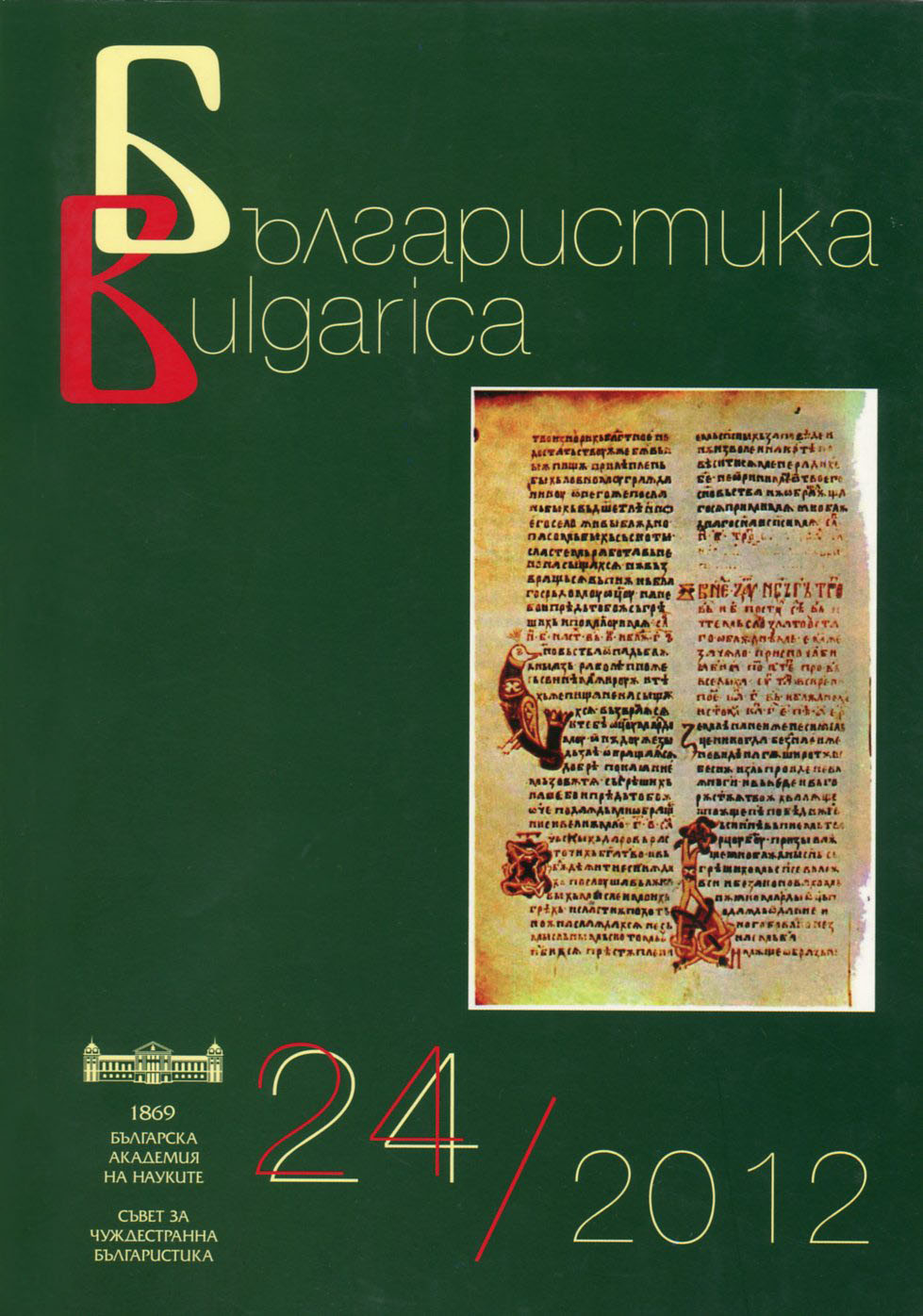
Книги 2011–2012 г.
Selected bibliography in the field of Bulgarian Studies published in the current year
More...We kindly inform you that, as long as the subject affiliation of our 300.000+ articles is in progress, you might get unsufficient or no results on your third level or second level search. In this case, please broaden your search criteria.

Selected bibliography in the field of Bulgarian Studies published in the current year
More...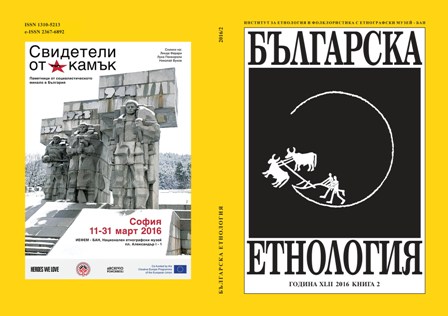

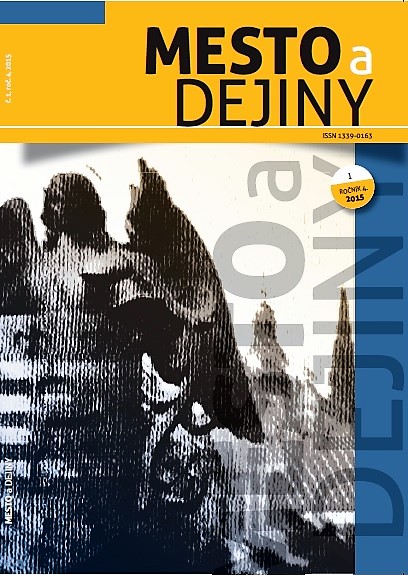
There are testaments from the 16th century preserved in Kremnica state archive. They are written in Latin, German and in one sample also in Slovak language. Last wills prepared a man for a death in spiritual and secular (division of property) way. Testaments eliminated conflict between secular property and desire for an eternal life. Formally testaments consist of several parts – invocation, intitulation, profession of faith, passages about human mortality, composing of the last will and redress of sins, heritages of property, confirmation, corroborating and date formulas. The content of the testaments is an important historical source for economic, law, culture, regional history and also history of material culture and everyday life.
More...
The aim of the article is to reconstruct the image of the town of Košice produced by members of Slovak historiography, and by Czech historians working in Slovakia in the period of existence of the First Czechoslovak Republic 1918 – 1938. The article focuses on answering the questions: how was the „magyarized“ image of the town „slovakized“ by Czechoslovak historians, how they refl ected on the pre-Trianon Magyarization of the town, how they referred to importance of Košice in the Hungarian nation narrative; which processes and events in the history of Košice were emphasised, and which were obeyed. The article deals with variety of strategies in picturing the town and in reinterpretation of the respective historical events in its history. It also attempts to evaluate what role Košice played in the constructed Czechoslovak national discourse. Finally, the article aims to explain reasons, why Košice in the inter-war period, despite becoming a strategic metropolitan hub of East Slovakia, was left in the peripheral position in the context of the Slovak national narrative.
More...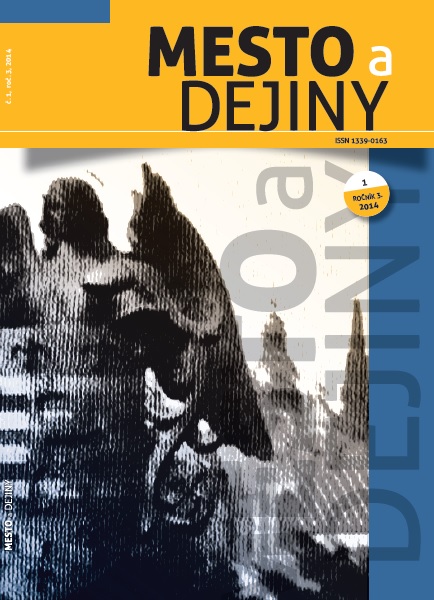
This paper describes the political and other influences on the foundation of the University of Košice in 1657. The surprising hesitation of the Hungarian king Leopold I and the Jesuits in Vienna in particular leads to some probable interpretations. The contemporary speculations within the Austrian Society of Jesus regarding the partition of the province in two parts and establishment of an autonomous Hungarian province are in the centre of attention.
More...
The article presents the program of sexual education prepared and offered by Krakow Branch of the Planned Parenthood Association in the wider context of socio-political situation in Krakow (1956 – 1989). Since the beginning of the Association’s existence, the special attention was paid to the development of educational program, which concerned the different aspects of „family life“. The article is going to answer the questions about its goals, the educational tools used to achieve them and its social targets. To accurately determine the position of the Association in the city‘s community I will analyse its foundation and activities in wider context of the pre-war traditions of the organisation and the activities regarding premarital counselling undertaken by the Krakow Catholic Church.
More...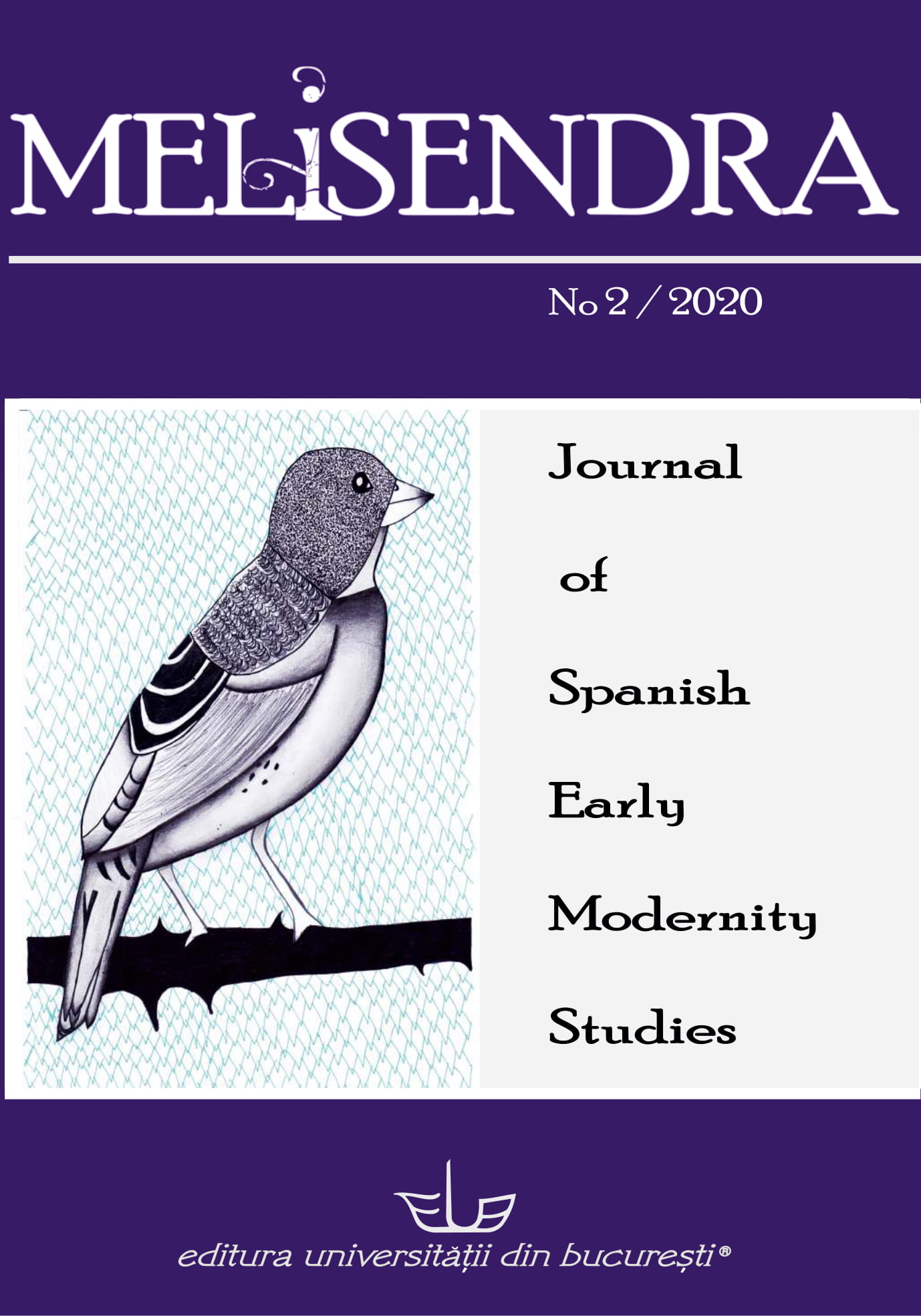
Se estudia el enfoque que se le dio a la lactancia materna en diversos textosde la temprana modernidad: obras médicas de los siglos XV al XVII del Viejo y delNuevo Mundo y crónicas de la conquista espiritual de América. El corpus textualseleccionado lo unifica su marcado providencialismo y su potestad Divina. Se proponeubicar estas obras desde una tradición que toma en cuenta el eclecticismo y eldinamismo en la materialidad de la cultura escrita: siempre se construye un texto a partirde distintas fuentes para conseguir, de modo activo, algo novedoso. Con base en esto, sedestaca que los autores médicos y cirujanos de esta clase de obras crearon unametatextualidad en dos sentidos: uno propio del quehacer del arte médico y otromeramente literario. Finalmente, se propone entender las funciones de los autoresdentro del entramado al que invita su discurso normativo de estilo áspero, desde el cualdefendieron la idea de un paraíso en el Nuevo Mundo ante el cisma que tuvo la Iglesiaen el siglo XVI.
More...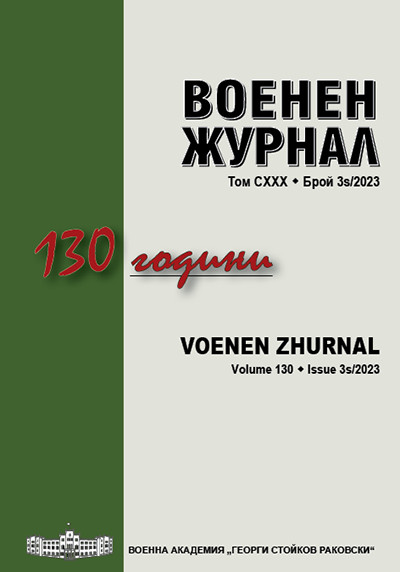


In 1912 – 1913 Bulgaria fought the Balkan Wars. These were wars of national unification fought in territories with Bulgarian population. Therefore, among all the other issues that the representatives of the Bulgarian authorities had to face, they also had to take care of the study and preservation of cultural and historical monuments. This was all the more necessary as these territories were free for the first time and came within the borders of the Bulgarian state. And this would mean that the individual monuments had to be registered, their scientific importance assessed, and measures taken for their preservation. This led to the idea of organizing several scientific expeditions to Thrace, Macedonia and Dobrudja, in which the most eminent Bulgarian scientists were involved. During the wars, Dr. Bogdan Filov was commissioned to lead a scientific mission to Eastern Thrace and Macedonia to uncover, describe and collect archaeological and ethnographic monuments.
More...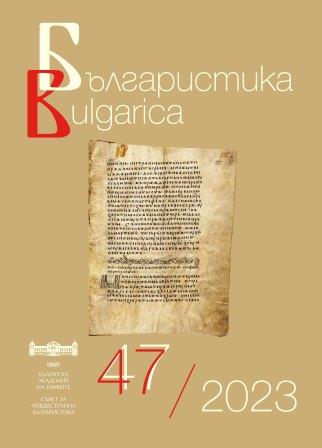
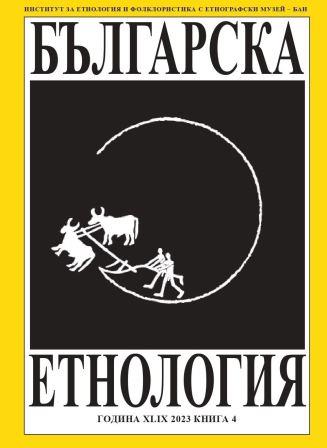
The present study focuses on the relationship of the Bulgarians in Bessarabia with Bulgaria. These relations of the Diaspora with the metropolis are examined in the text through the prism of a museum object: a Gospel from the collection of the Regional Archaeological Museum – Plovdiv. The authors focus the analysis on museology as a methodology. Some approaches to the study and interpretation of the facts from Bulgarian and foreign authors with extensive experience in the study of museum objects and collections are also examined. In general, the study offers a detailed analysis of the informational potential of a museum object in order to trace the relationship of the Bulgarians from the village of Banovka in Bessarabia (today located in Odesa Region – Ukraine) with their compatriots in the village of Chehlare, Plovdiv region during the second half of the 19th and the beginning of the 21st century.
More...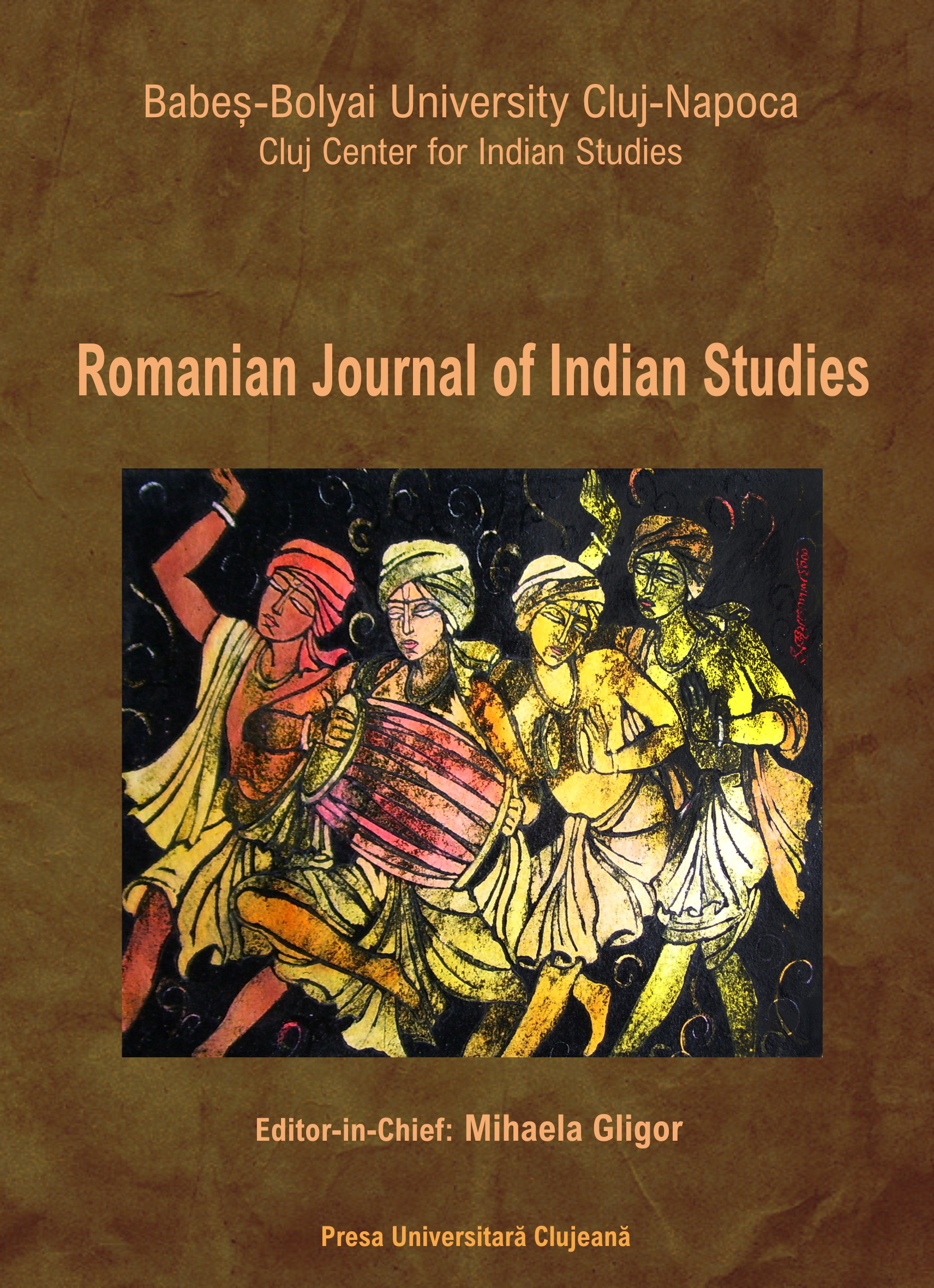
This article delves into the vital yet marginalized labor of Mehtars and other sanitation workers in colonial Calcutta, who were responsible for the manual removal of night-soil. These workers, designated as “untouchables” and subjected to deep social stigmatization, played a crucial role in maintaining urban hygiene in a rapidly growing colonial city. Initially, their labor was performed under the cover of night, but as public health concerns grew, sanitation tasks were shifted to daylight hours. This change brought the Mehtars into public view, forcing the Calcutta Municipal Corporation to reconcile their indispensable labor with the rigid caste-based social hierarchy. This article examines the intersection of caste, labor, and municipal sanitation reforms, exploring how sanitation workers navigated these dual pressures of being both essential and stigmatized. The analysis contributes to the social history of labor in colonial India, shedding light on one of the most marginalized sectors of the urban workforce.
More...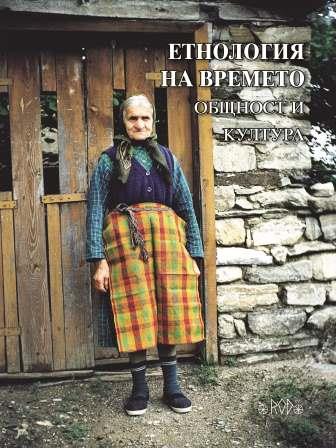
This text analyzes – from ethnological viewpoint – a relatively short period of the history of Bulgarian ethnos, and in particular of the citizens of the town of Samokov and Samokov region. This is the period between the end of Kurdzhali genocide and (the second decade of the nineteenth century) and the Liberation of Bulgaria through the Russian – Turkish War in 1877–1878. This was the period (about half of a century) when the the Bulgarian folk religiosity was developed in a form in which it was recorded in the twentieth century. The author discusses the following characteristics of the local religiosity: The Theotokos (Virgin Mary) rules “the town of the alive,” while St. Nicolas of Myra rules “the town of the dead.”In local churches, the icon of the patron of the church is placed on the iconostasis on the right side of the icon of Jesus Christ and not on the left side of the Theotokos in contrast to the usual arrangement of the icons on the iconostasis.An important element of the celebration of Easter is that the believers visit the cemeteries immediately after the priest announces, “Christ is Risen!” The grouping of the patrons of the churches in Samokov ethnoregion is clearly expressed.
More...
According to the definition by ICOM, „A museum is a not-for-profit, permanent institution in the service of society that researches, collects, conserves, interprets and exhibits tangible and intangible heritage. Open to the public, accessible and inclusive, museums foster diversity and sustainability. They operate and communicate ethically, professionally and with the participation of communities, offering varied experiences for education, enjoyment, reflection and knowledge sharing.“ (https://icom. museum/en/resources/standards-guidelines/museum-definition/) At first glance, the museums in Bulgaria, and correspondingly those in Southwestern Bulgaria, adhere to the definition provided by ICOM. They are non-profit institutions and engage in research, collection, preservation, interpretation, and presentation of tangible and intangible heritage. However, upon closer examination and precise analysis of their structure and operations, we would have to classify museums as serving administrative bodies rather than serving society. According to Article 25, paragraph 3 of Regulation No. N-00-0001 of February 14, 2011, concerning field archaeological research, public access to archaeological documentation is severely limited, and comprehensive access to the full range of archaeological materials is practically impossible. In practice, visitors have access to minimal artifacts and information, which need to be improved to create a fundamental understanding of the respective archaeological culture, settlement, or structure. There are no annual, medium-term, or long-term plans for archaeological, ethnographic, historical, interdisciplinary, or exhibition development. There is no strategy for restoration and conservation. Practically no activity is conducted regarding intangible cultural heritage. The closure of museums in Southwestern Bulgaria within municipal administrations and their limited resources restricts public interest in museums and their capabilities. In order to compensate for this, as well as to be attractive to society, museums shift from presenting culture to presenting shows. Instead of authenticity, reconstruction, a product of the subjective views of specific researchers, is exhibited. The article directs the attention of museums and their activities towards the needs and resources of society. If museums have real, not fictitious, communication with society and scientific communities, they will achieve sustainability and a real presence in cultural life.
More...
In 2011, the author noticed in the city of Russe four cast-iron pillars abandoned in a small garden. After 2012, they disappeared. The pillars are believed to have been manufactured by the Austrian company Waagner & Biro and transported to Russe in the late 19th or early 20th century. They are part of the modernization process of Ruse after the Liberation from Ottoman rule. The article describes and analyzes this artifact in order to preserve the information about it as a part of the cultural history of Russe. The author proposes several hypotheses about the nature and the purpose of the pillars.
More...
Colours are one of the most important signs and symbolic systems in Antiquity. They reflect a certain cosmic symbolism, manifested as deities in various cosmogonies. They are present, always and everywhere, at the core of the symbolic models, and can be examined from both a semantic and a semiotic perspective. The eschatological significance of the red colour in Thracian culture as well as other ancient societies, i.e. the transition from one space to another, is saturated with signs and symbols. According to ancient treatises related to the making of colours and pigments in ancient Greece during the Hellenistic period, ochre was the most commonly used red pigment. The colour reconstruction of cultural values approximates their authentic appearance and is a scholarly contribution to examine and preserving Bulgarian cultural heritage. Research conducted in 2023 on stelae from Apollonia Pontica necropolis proved the use of red ochre in their inscriptions. The findings of the study confirmed that the verification and valorisation of the cultural-historical heritage of Thracian civilization, particularly in terms of painted decoration, are a necessary consequence of in-depth and targeted comprehensive expertise.
More...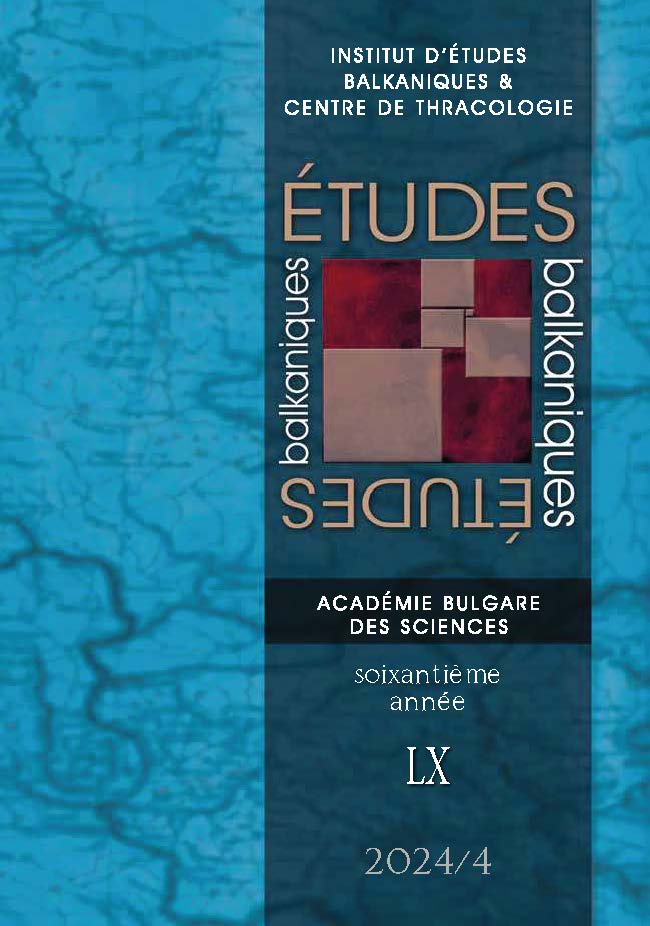
This special issue reflects on the cultural relations of state-socialist Romania between the 1950s and 1980s from the perspective of “cultural internationalism” and “cultural transnationalism”, both within the state-socialist world, and beyond.
More...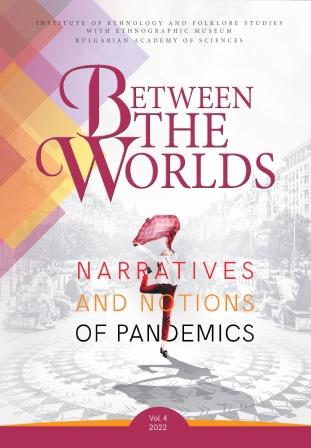
Conspiracy thinking has always been part of our lives, but nowadays, it is almost the default way of understanding the world. When the disease associated with the Severe Acute Respiratory Syndrome Coronavirus 2 (SARS CoV-2) emerged, causes and culprits were sought and found wherever the public imagination perceived a concentration of power and resources. Conspiracy theories about the virus’s origin as a bioweapon, the 5G technology connection, the ongoing plans of a New World Order, or Bill Gates’s scheme to microchip everyone with the COVID-19 vaccines became extremely popular around the globe. The paper discusses the conspiracy ideas and notions of the COVID-19 pandemic on Bulgarian social media, where they circulate in interactive conversational contexts via verbal texts, shared links, or images. It focuses on the local reception and interpretation of globally spread conspiracy narratives and their use to articulate underlying political, social, or public healthcare problems. The Facebook discussions examined here – respectively expressing COVID-19 scepticism (from April 2020) and COVID-19 vaccines/vaccination criticism (from April 2021) – are interpreted as discourses of distrust and perceived corruption in at least three major public spheres: the professional media, the political establishment, and the healthcare system.
More...